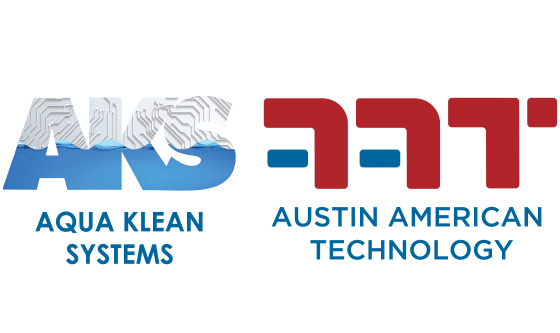Steve Stach
Austin American Technology
Optimizing Batch Cleaning Process Parameters for Removing Lead-Free Flux Residues on Populated Circuit Assemblies
Harald Wack,Ph.D.,Umut Tosun, Naveen Ravindran
ZESTRON America,
John M. Radman, Daniel D. Phillips
Trace Laboratories East
Abstract
During the last 5 years, the processes to remove flux residues especially for lead-free and challenging geometries have demonstratednew cleaning obstacles which have to be overcome.iA new methodology has been recently developed to further increase the propensity for successful cleaning.iiAt the core of this method is the thermal identification of the residue matrix. Thermal energy changes the physical state, i.e. transitions between liquid, solid and gas phases. By taking advantage of such specific information during phase transitions, the cleaning process can be tailored to such settings, which in turn increases the cleaning success significantly.Thermodynamic data from differential scanning calorimetry (DSC)iiiwill be presented in conjunction with experimental data obtained from subsequent cleaning trials in spray-in-airbatch cleaning systems. Flux systems that were investigated during this initial study includingrosin-based and No-Clean fluxes. A correlation betweenphase transition temperatures of reflowed flux residues andoptimized cleaning parameters for each flux will be presented.This approach is revolutionary in that it offers completely new, previously untapped avenues to cleanchallenging electronic assemblies. It also offers insight to previously set process limitations onprocess temperatures that might have to be reconsidered.
Introduction
The Thermodynamic Nature of Flux
Experience indicates that softer residues are easier to clean than hard residues. What makes aresidue hard is inherent in its make-up and history. The thermal history of a flux residue is important. The number of solder reflow cycles, the peak temperature, time after reflowand duration of the heating and cooling cycle will influence the hardness and thus, the cleanability of the residue.One other important factor is the chemical make-up of the flux residue. Heating the flux drives out solvents and plasticizers that needed to make the flux/solder paste printable or dispensable in the assembly process. The heating process metamorphosizes the flux from a liquid or gelto a solid plastic like residue. Organic molecules in the solid form can either arrange in a crystalline structure or fold and wrap in an amorphous crystalline matrix (Figure 1a and 1b). Amorphous and crystalline polymers act differently when softening. Crystalline structures are arranged in nearly perfect lattices and therefore when heat is sufficient to release one molecule from the lattice, they all fall apart.
